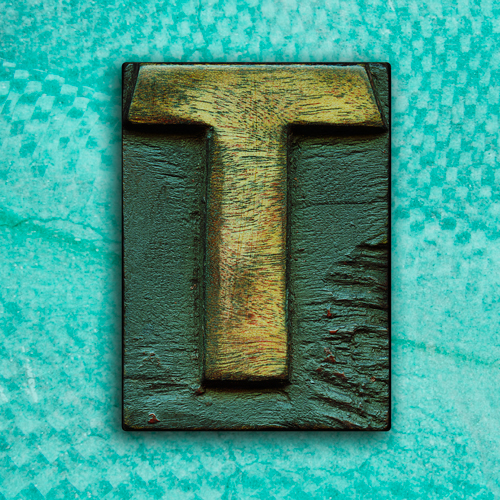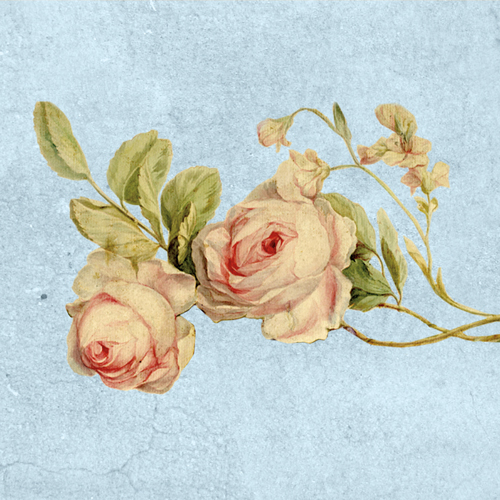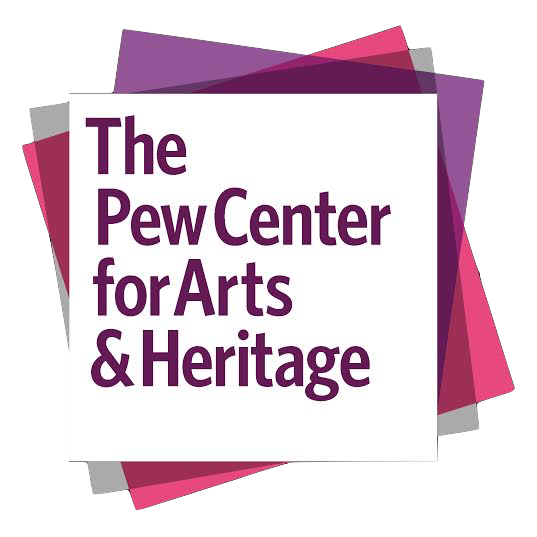“My name is Georg Philipp Telemann, and I am a composer, A POET, A PUBLISHER, AND a gardener.”
A Tempesta In Focus project
During the Fall of 2017, Tempesta curated and produced Telemann 360°, a (re)discovery of baroque Germany’s favorite composer, Georg Philipp Telemann (1681–1767). Through ear-opening performances of orchestral and chamber music, a mixed-discipline talkshow, and pop-up events in Philadelphia gardens, pubs, museums and boats we put the depth and breadth of baroque Germany’s most revered composer on full display. We explored the surprising connections of Telemann’s time to today’s and 18th-century Philadelphia. Tempesta performed the modern premieres of recent Telemann rediscoveries. Audiences tried their hand at printing, and joined us on a Telemann-themed cruise down the river to Bartram’s Garden. And we enjoyed a specially brewed Telemann lager.
Blog Post: Who was Georg Philipp Telemann?

COMPOSER
Telemann, whose music was admired in his lifetime in every corner of Europe and whom contemporaries called “the peerless master”, is making a grand new entrance in Philadelphia during Telemann 360°. Tempesta performs Telemann’s rarely heard concerti-suites for orchestra, quartets, and trios from the libraries of his most discerning friends and peers, plus some fresh rediscoveries, one of which was performed in colonial Pennsylvania during Telemann’s lifetime! Read more and find concerts and music-themed events across town.

PUBLISHER
In early 18th-century Germany, music publishing was an industry in decline. Music was expensive to print and distribution networks were limited, leading to high sales prices. Many musicians preferred to copy things out by hand, creating informal “file-sharing” networks and undercutting the sales of the publishers even more. Following the example of industry innovators in Amsterdam and London, Telemann adopted newer printing techniques and better distribution networks, earning himself a fortune selling his music throughout Europe and to the New World. Read more and find printing- and book-themed events across town.

GARDENER
“I am insatiable where hyacinths and tulips are concerned, greedy for ranunculi, and especially for anemones,” wrote Telemann in a letter. Find flowers and plants from his 1742 Hamburg flower garden, plus scores of others he traded with the leading botanists of Europe and possibly even the New World, in fine Philadelphia gardens this summer and fall. Read more and find garden-themed events across town.

Poet
A brilliant and prolific writer himself, Telemann embraced avant-garde poetry and did a lot to support young poets late in his own life. He favored the new poetry by Brockes, Klopstock and Ramler, and commissioned them for his vocal works. “Untranslatables” explores connections of words found in this poetry, high jinks of translation and some new poetry, too. Read more and find poetry-themed events across town.
Telemann 360° Collaborators:
Bartram’s Garden | Temple University Boyer College of Music & Dance | Independence Seaport Museum | Patriot Harbor Lines | Philadelphia Landmarks: Hill-Physick House & Powel House | German Society of Pennsylvania | Kislak Center at University of Pennsylvania | German Literature Department at the University of Pennsylvania | American Philosophical Society Museum | Academy of Natural Sciences | Museum of the American Revolution | St. Benjamin’s Brewing Company | Creative Writing Department at the University of the Arts | Benjamin Franklin Print Shop | Philadelphia Free Library.
Major support for Telemann 360° has been provided by:
The Pew Center for Arts & Heritage is a multidisciplinary grantmaker and hub for knowledge-sharing, funded by The Pew Charitable Trusts, and dedicated to fostering a vibrant cultural community in Greater Philadelphia. The Center fulfills this mission by investing in ambitious, imaginative projects that showcase the region’s cultural vitality and enhance public life, and by engaging in an exchange of ideas concerning artistic and interpretive practice with a broad network of cultural practitioners and leaders.
With additional support from:



